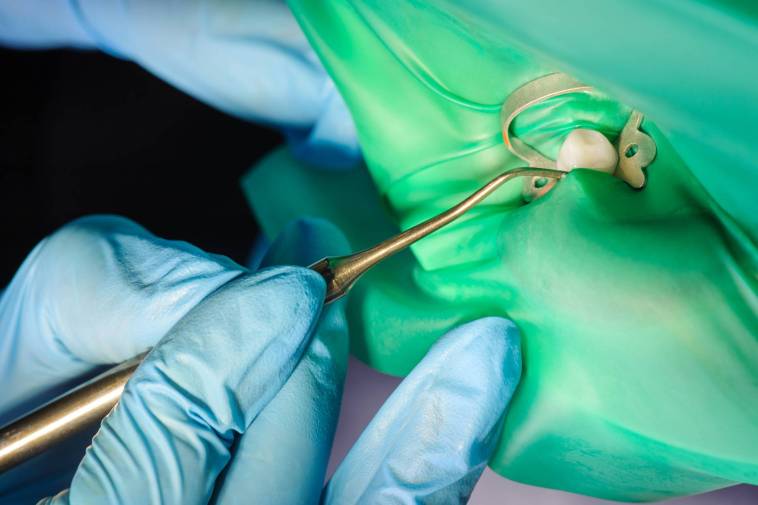1. Introduction
Subperiosteal Implants Dental implantology has transformed smiles for millions worldwide, yet one fascinating chapter in its history the has been nearly forgotten. Once considered revolutionary, these implants provided solutions for patients who lacked sufficient jawbone for conventional implants.
So why were they abandoned, and should we revisit this “lost art” in today’s high-tech era? This comprehensive guide explores the history, science, pros, cons, and potential revival in modern dentistry.
Table of Contents
- Introduction
- The History of Subperiosteal Implants
- What Are Subperiosteal Implants?
- The Evolution of Dental Implantology
- Why Subperiosteal Implants Fell Out of Favor
- The Lost Art: Revisiting Their Unique Advantages
- Subperiosteal vs. Endosteal Implants
- Who Benefits Most from Subperiosteal Implants?
- Surgical Procedure Explained
- Materials Used in Subperiosteal Implants
- Technological Advancements Reviving the Technique
- Modern Case Studies and Clinical Outcomes
- Risks and Complications
- Comparing Costs: Then vs. Now
- Patient Stories: Successes and Challenges
- Ethical Considerations in Implantology
- The Role of 3D Printing in Subperiosteal Implants
- Global Perspectives: US vs. Europe vs. Asia
- Future Trends in Dental Implant Innovation
- Should Subperiosteal Implants Make a Comeback?
- FAQs
- Conclusion
2. The History of Subperiosteal Implants
first appeared in the 1940s and 1950s, pioneered as an alternative for patients who couldn’t undergo bone grafts. Surgeons custom-fit a metal framework over the jawbone, beneath the gum, to act as a base for artificial teeth.
For decades, these implants were a go-to solution before endosteal implants and osseointegration became mainstream in the 1980s.
3. What Are Subperiosteal Implants?
Unlike endosteal implants that are drilled into the jawbone, sit on top of the bone, under the gum tissue.
They consist of:
- A metal framework (historically cobalt-chrome, now titanium).
- Posts protruding through the gums to anchor artificial teeth.
This design made them ideal for patients with significant bone loss who couldn’t support traditional implants.
4. The Evolution of Dental Implantology
The introduction of Brånemark’s discovery of osseointegration in the 1960s changed everything. Titanium endosteal implants fused with bone, providing more stability and long-term success. As a result, were slowly phased out by the late 1990s.
5. Why Subperiosteal Implants Fell Out of Favor
- High complication rates: infections, gum recession, and implant exposure.
- Lack of precision: older imaging methods made custom fitting difficult.
- Osseointegration success: endosteal implants became the gold standard.
6. The Lost Art: Revisiting Their Unique Advantages
weren’t perfect, but they offered advantages worth re-examining today:
- No need for extensive bone grafting.
- Useful for severe atrophy cases.
- Faster recovery compared to bone augmentation surgeries.
7. Subperiosteal vs. Endosteal Implants
| Feature | Subperiosteal Implants | Endosteal Implants |
|---|---|---|
| Placement | On top of bone, under gums | Inside jawbone |
| Best for | Severe bone loss patients | Patients with healthy bone |
| Stability | Relies on framework design | Relies on osseointegration |
| Complications | Higher historically | Lower with modern tech |
8. Who Benefits Most?
- Elderly patients with advanced bone resorption.
- Patients unwilling/unable to undergo bone grafting.
- Those with medical conditions limiting surgery.
9. Surgical Procedure Explained
Historically, the process required two surgeries:
- Exposing the jawbone and making an impression.
- Placing the custom-made framework later.
Today, with CT scans and digital modeling, impressions can be virtual, reducing surgeries and improving accuracy.
10. Materials Used in Subperiosteal Implants
Past: Cobalt-chrome alloys (prone to corrosion and rejection).
Present: Titanium and titanium alloys, which are biocompatible, lightweight, and less prone to complications.
11. Technological Advancements Reviving the Technique
The “lost art” is being reconsidered thanks to:
- 3D printing for precise frameworks.
- Digital imaging (CBCT scans) for accuracy.
- Improved biomaterials reducing infection risk.
12. Modern Case Studies and Clinical Outcomes
Recent studies suggest that when combined with modern tech, can achieve success rates above 80–90%, compared to much lower rates in the past.
13. Risks and Complications
Despite improvements, risks remain:
- Gum irritation.
- Framework exposure.
- Infection risk if oral hygiene is poor.
14. Comparing Costs: Then vs. Now
Historically, were less expensive upfront than bone grafting + endosteal implants. Today, with digital scanning, costs are similar, but fewer surgeries may make them appealing again.
15. Patient Stories: Successes and Challenges
Some patients report decades of function with Others faced repeated infections. This mix of outcomes fueled controversy, but it also highlights the importance of case selection.
16. Ethical Considerations in Implantology
Is it ethical to reintroduce a technique with a controversial history? Many argue yes if modern technology can minimize past failures and give more patients access to functional smiles.
17. The Role of 3D Printing
3D printing allows personalized, perfectly fitting frameworks, reducing the risk of irritation and failure something impossible in the 1970s.
18. Global Perspectives: US vs. Europe vs. Asia
- US: Limited use, mainly in academic/research settings.
- Europe: Growing interest with 3D printing.
- Asia: Some hospitals experimenting with hybrid implant systems.
19. Future Trends in Dental Implant Innovation
- Hybrid implants combining osseointegration with subperiosteal design.
- Bioprinting frameworks with living cells for bone regeneration.
- Minimally invasive surgical techniques.
20. Should Subperiosteal Implants Make a Comeback?
While not a replacement for endosteal implants, may be the best option for select patients, particularly those who cannot undergo bone grafting.
21. FAQs on Subperiosteal Implants
Q1: Are subperiosteal implants still used today?
Yes, though rarely. Modern technology is reviving interest.
Q2: Are they painful?
With anesthesia, discomfort is minimal, but recovery varies.
Q3: Are they safe?
When done with modern imaging and materials, they can be safe, though risks remain.
22. Conclusion
The story of subperiosteal implants is a fascinating one: once groundbreaking, then abandoned, and now potentially ready for revival thanks to technology. While not ideal for every patient, they represent a valuable tool in cases of severe bone loss.
As dentistry evolves, revisiting old techniques with new innovations may be the key to expanding treatment options. may indeed be a lost art worth revisiting.
Read More: Bordetella Vaccine: How to Safe Dog from Kennel Cough



